Wellbeing benefits of nature connection
I’ve been running nature connection for wellbeing sessions in a woodland for nearly 5 years now and the feedback from participants indicates that when we connect with nature it simply just makes them feel good. Furthermore, the positive feelings and relaxation stay around for quite a while after the session has ended. Why is that? Let’s consider, in brief, some of the science.
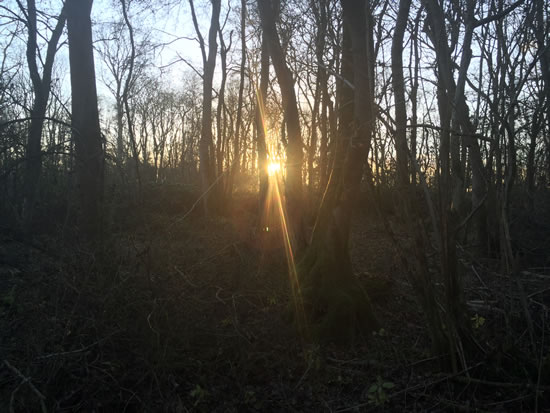
Attention Restoration Theory
Proposed by Steven and Rachel Kaplan in 1989, this theory focuses on directed and involuntary attention. Directed attention requires mental effort and concentration where the individual has to focus hard in order to process information (which is what we generally do when we’re working). Too much time spent using directed attention is tiring and can be the cause of mental fatigue. In contrast, involuntary attention require little effort (these are when we’re engaged with simple, repetitive tasks) and can actually refresh and restore ability for tasks requiring directed attention. Gentle weeding or bramble snipping are good examples of how we engage involuntary attention, or soft attention, in our wellbeing with nature sessions. The mental relaxation that occurs through engaging with soft focus activities helps relax the mind and restore brain capacity for more complex tasks.

The Endorphin effect
It is argued that connecting with nature makes humans feel good due to a shared substance and evolutional commonality with everything else in the world, When we allow ourselves to relax and luxuriate in the beauty of the natural world we connect with the a primeval essence and endorphins are released, flooding us with a feel-good effect. The realisation of the endorphin effect through nature connection has even attracted the label of a natural spirituality; a religious type of experience without any accompanying labelling.
Start a conversation
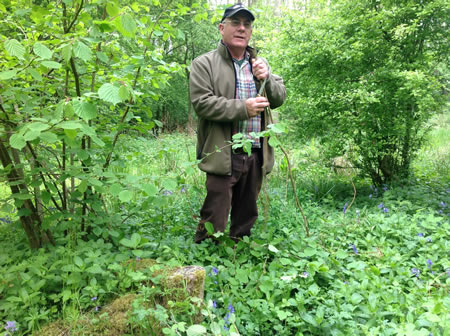
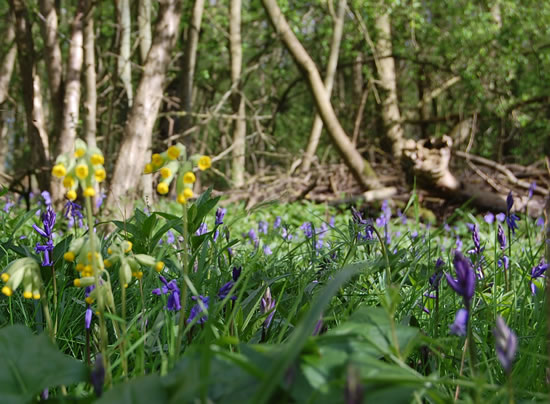
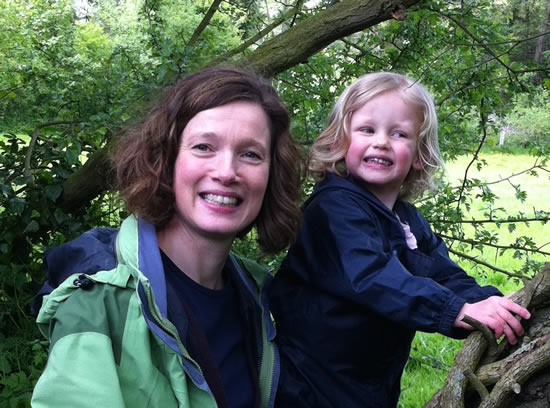
Biophilia
Proposed by Edward Wilson in 1984, the biolphilia hypothesis suggests an evolutionary basis to explain the relationship between humans and the natural world, together with the deeply embedded genetic disposition to want to seek out nature connection. In evolutionary terms we humans have existed with nature far, far longer than we have existed in urban environments that distance us from the natural world.
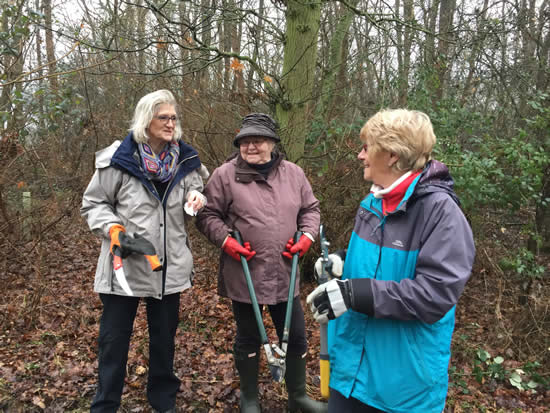
Psycho-Evolutionary Theory
Back in 1981 Roger Ulrich proposed a theory that the restorative effects of nature occur due to emotional changes that come about through stress reduction. The Psycho-evolutionary theory suggests that natural environments promote stress recovery because they initiate positive emotional responses that then reduce stress. Even viewing pictures of natural scenes has been shown to provoke immediate positive effects on an individual’s body and mind which leads to a reduction in stress.

Good vibrations
When we sense something that feels good we say it has “good vibrations”. There doesn’t need to be a label for why nature connection benefits wellbeing, but it’s interesting to explore some of the different theories. The most important point to remember is that there’s not one method for nature connection that works for everyone. Some people, in fact many people, need to be give a ‘way-in’ or a ‘way-back’ to reconnect with nature, because they don’t know where or how to start.
Sitting contemplating nature does not come easily to most people to start with, which is why being engaged in simple land management tasks can be helpful, encouraging slow, repetitive movements, which in turn effect breathing regulation and a gentle slowing of intrusive thoughts. The good vibrations experience is going to be different for each individual engaging with nature connection and therein lies the power of the exercise. Nature has the power to give us what we need, if we learn how to truly connect.

